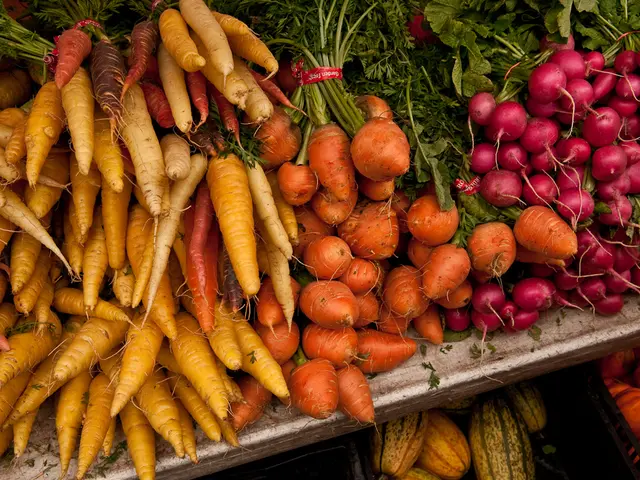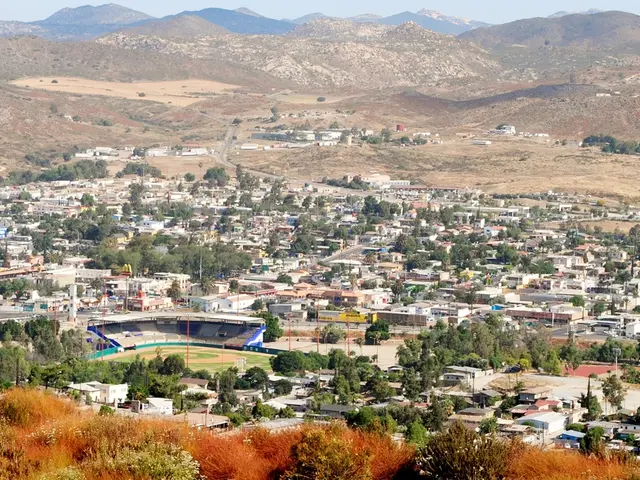Preparing the Ground for Hydrangea Growth Success
Hydrangeas are beloved for their vibrant blooms, but to ensure a thriving garden, it's essential to understand the specific soil conditions they require. Here's a guide to help you prepare the perfect soil for your hydrangeas.
Soil Type and Structure
Hydrangeas thrive in moist, well-drained, and fertile soil. In regions with poor-quality native soil, consider removing the existing soil from a planting hole about 15–18 inches deep and replacing it with a mix of peat moss, potting soil, and a little pine mulch. This ensures good aeration and moisture retention.
Soil pH Adjustment
Most hydrangeas grow best in slightly acidic soil (pH < 6.0), with Bigleaf (mophead) hydrangeas exhibiting bloom color changes depending on soil pH. Acidic soil (pH < 6.0) produces blue flowers, while alkaline soil (pH > 7.0) yields pink flowers. To lower soil pH (for blue blooms), incorporate peat moss and sulfur into the soil. To raise pH (for pink blooms), add lime.
Drainage
Well-drained soil is critical to prevent root rot and other fungal diseases. If your soil is clay-heavy or tends to retain water, amend it with compost or organic matter to improve drainage.
Fertilization
Fertilize hydrangeas when planting with a balanced, slow-release fertilizer. Bone meal or specialized products like Bio Tone are effective choices. Regularly enrich the soil with compost or well-rotted manure to maintain fertility and soil structure.
Mulching
Mulching with organic material helps retain soil moisture and regulate temperature. Apply a 2–3 inch layer of organic mulch (shredded bark, pine straw, or compost) around the base to conserve moisture, suppress weeds, and gradually improve soil quality.
Planting and Spacing
Plant hydrangeas in spring or fall, when temperatures are mild. Dig a hole twice as wide as the root ball and as deep, setting the plant so the top of the root ball is level with the soil surface. Leave 3–10 feet between plants, depending on the variety and expected mature size.
Soil Maintenance
Check soil moisture regularly, especially during hot or dry periods, and water deeply as needed. Mulching helps conserve moisture, suppress weeds, and gradually improve soil quality.
Summary Table: Key Soil Preparation Steps
| Step | Details | |---------------------|-------------------------------------------------------------------------| | Soil Type | Moist, well-drained, fertile, rich in organic matter | | pH Adjustment | Acidic for blue blooms (peat moss, sulfur); alkaline for pink (lime) | | Drainage | Amend heavy soils with compost; ensure no waterlogging | | Fertilization | Balanced, slow-release at planting; compost/organic matter regularly | | Mulching | 2–3 inches organic mulch to retain moisture and regulate temperature | | Planting | Spring/fall; hole 2x root ball width; level with soil surface |
By following these guidelines, you can create an optimal growing environment for hydrangeas, tailored to your desired bloom color and local conditions. Happy gardening!
Hydrangeas require a mix of peat moss, potting soil, and pine mulch for proper aeration and moisture retention within the home-and-garden, especially in regions with poor-quality native soil. To adjust the soil pH for blue hydrangea blooms, incorporate peat moss and sulfur into the soil to lower its pH, while raising the pH for pink blooms necessitates adding lime. Gardening enthusiasts should also ensure good drainage by amending clay-heavy soils with compost or organic matter.








